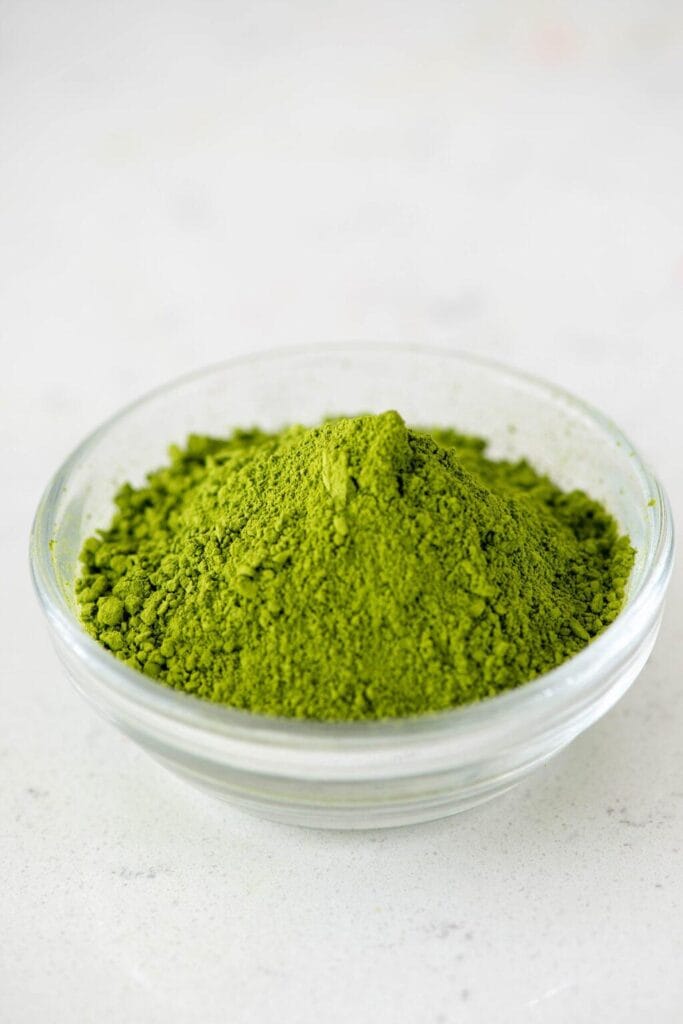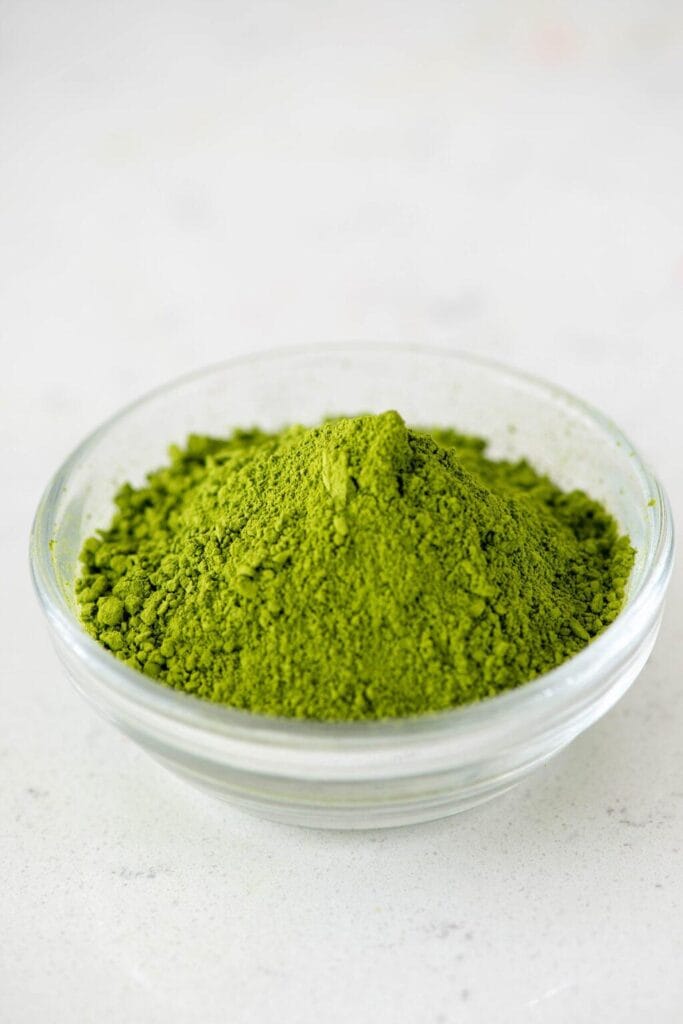Did you know that over 80% of matcha sold globally is not authentic? This vibrant green tea powder, originating from Japan, has surged in popularity for its unique flavor and health benefits. However, finding premium quality can be a challenge, especially for beginners.
With countless options available, it’s easy to end up with bitter-tasting or adulterated products. Understanding what makes authentic matcha stand out is crucial. This guide will walk you through nine key factors to identify the finest matcha, ensuring you enjoy its true essence.
From its roots in Uji, Japan, to centuries-old cultivation methods, matcha’s quality is deeply tied to its origin and processing. Learn how to Choose the Best Matcha to evaluate its color, texture, and aroma to make an informed choice. Let’s dive into the world of this exquisite green tea and uncover its secrets.
Key Takeaways
- Authentic matcha originates from Japan, with Uji being the gold standard.
- Quality matcha has a vibrant green color and smooth texture.
- Bitter flavors often indicate lower-grade or adulterated matcha.
- Premium matcha offers both health benefits and a rich, authentic taste.
- Understanding sensory evaluation helps in selecting the best matcha.
Introduction to Matcha
Matcha’s journey began centuries ago, rooted in ancient traditions. Originally used by Zen monks in China, it was refined in 12th-century Japan. Today, it’s a staple of Japanese tea ceremonies, symbolizing harmony and mindfulness.
The cultivation process is meticulous. Tea plants are shaded 20-30 days before harvest to boost chlorophyll and amino acids. This shading enhances the L-theanine content, giving matcha its signature umami flavor.
Only the top leaves are handpicked during the first harvest in April-May. These leaves are carefully stripped of stems and veins before being stone-ground into a fine powder. This process preserves nutrients, making matcha more potent than regular green tea.
Uji, Japan, is renowned for producing the finest matcha. Its nutrient-rich soil, ideal climate, and altitude create the perfect terroir. Modern production also includes radiation-free certifications, ensuring safety and quality.
First-harvest matcha, known as ceremonial grade, is prized for its vibrant color and smooth texture. Later harvests, often used for culinary purposes, are more affordable but less refined. Be cautious of low-quality products that may contain adulterants like sugar or milk powder.
Unlike regular green tea, where leaves are steeped and discarded, matcha involves consuming the whole leaf in powder form. This makes it a richer source of antioxidants and nutrients.
Key Factors to Consider When Choosing Matcha
Selecting premium matcha involves understanding its unique characteristics. From origin to sensory qualities, each aspect plays a role in determining quality. Here’s what to look for when evaluating this vibrant green tea powder.
Origin: The Importance of Uji, Japan
Authentic matcha comes from Japan, with Uji being the gold standard. This region’s nutrient-rich soil and ideal climate produce tea leaves with exceptional L-theanine content. High L-theanine levels (6.1mg/g) contribute to a natural sweetness and umami flavor.
Matcha from Uji undergoes meticulous shading before harvest. This process enhances chlorophyll and amino acids, giving the tea its signature flavor profile. Always check the origin to ensure you’re getting the real deal.
Color: The Brighter, the Better
Premium matcha boasts a vibrant green hue. This color indicates high chlorophyll content, a result of proper shading. Dull or yellowish tones often signal lower quality or improper storage.
When examining matcha, look for a consistent, bright green powder. This visual cue is a quick way to assess its quality before even tasting it.

Texture: Smooth and Silky
High-grade matcha has a fine, silky texture. It should feel smooth to the touch, almost like powdered sugar. Coarse or gritty textures suggest improper grinding or lower-quality leaves.
To test the texture, rub a small amount between your fingers. The smoother it feels, the better the quality.
Taste: Sweet Aftertaste
The taste of premium matcha is complex yet balanced. It starts with a vegetal flavor, transitions to a creamy richness, and finishes with a sweet aftertaste. This progression is a hallmark of high L-theanine content.
Bitterness, if present, should be mild and balanced. Astringency or fishy notes are red flags for low quality. For the best taste, whisk 2g of the powder in 60ml of water at 175°F.
| Grade | Flavor Profile | Best Use |
|---|---|---|
| Ceremonial | Sweet, creamy, umami | Traditional tea drinking |
| Culinary | Strong, slightly bitter | Cooking and baking |
Proper storage is essential to preserve taste and quality. Keep matcha in an airtight container away from light and heat. This prevents oxidation and maintains its vibrant color and flavor.
How to Choose the Best Matcha
The journey to finding authentic matcha starts with understanding its packaging and origin. These factors ensure you’re getting a high-quality product that delivers on both taste and health benefits.
Packaging: Airtight and Dark
Premium matcha requires proper storage to maintain its vibrant color and flavor profile. Look for airtight containers that protect it from light and air. Exposure to these elements can lead to oxidation, dulling its color and taste.
Many trusted brands, like Marukyu-Koyamaen and Ippodo, use dark, opaque packaging. This preserves the tea’s freshness and ensures it reaches you in its best version.

Price: You Get What You Pay For
High-quality matcha often comes with a higher price tag. This reflects the meticulous cultivation and processing methods used. Lower-priced products may contain blended leaves from third-harvest or non-Japanese sources, compromising quality.
Investing in premium the powder ensures you enjoy its authentic flavor and health benefits. Always check for certifications like USDA Organic, JAS, or EU Organic to verify its quality.
Pure and Single Origin
Authentic this tea is pure and sourced from one origin, typically Uji, Japan. Blended versions often mix Japanese and Chinese leaves, which may contain synthetic pesticides or heavy metals. USDA Organic certification prohibits these additives, ensuring a safer product.
Look for QR code traceability on the packaging. This provides transparency from farm to package, allowing you to verify its origin and quality. Trusted cooperatives, like Source 1’s 15-year partnership with Uji farmers, guarantee authenticity.
Also Read : Matcha tea Benefits
Conclusion
Finding the best matcha requires attention to detail and a focus on quality. Start by verifying the origin, as authentic matcha powder from Uji, Japan, ensures premium taste and health benefits. Price often reflects quality, so invest wisely to avoid lower-grade products.
Begin with small quantities to test the flavor and texture. Trusted vendors like Matcha Oishii offer reliable options for beginners. When restocking, revisit the sensory evaluation criteria—color, texture, and taste—to maintain consistency.
Proper storage in airtight containers preserves the vibrant green hue and rich notes of your this tea powder. For preparation, use water heated to 175°F to unlock its full flavor profile. These tips ensure you enjoy an authentic tea ceremony experience every time.
Ready to test your knowledge? Take our quality verification quiz to confirm you’re selecting the finest the powder. Your journey to discovering the perfect cup starts here.

